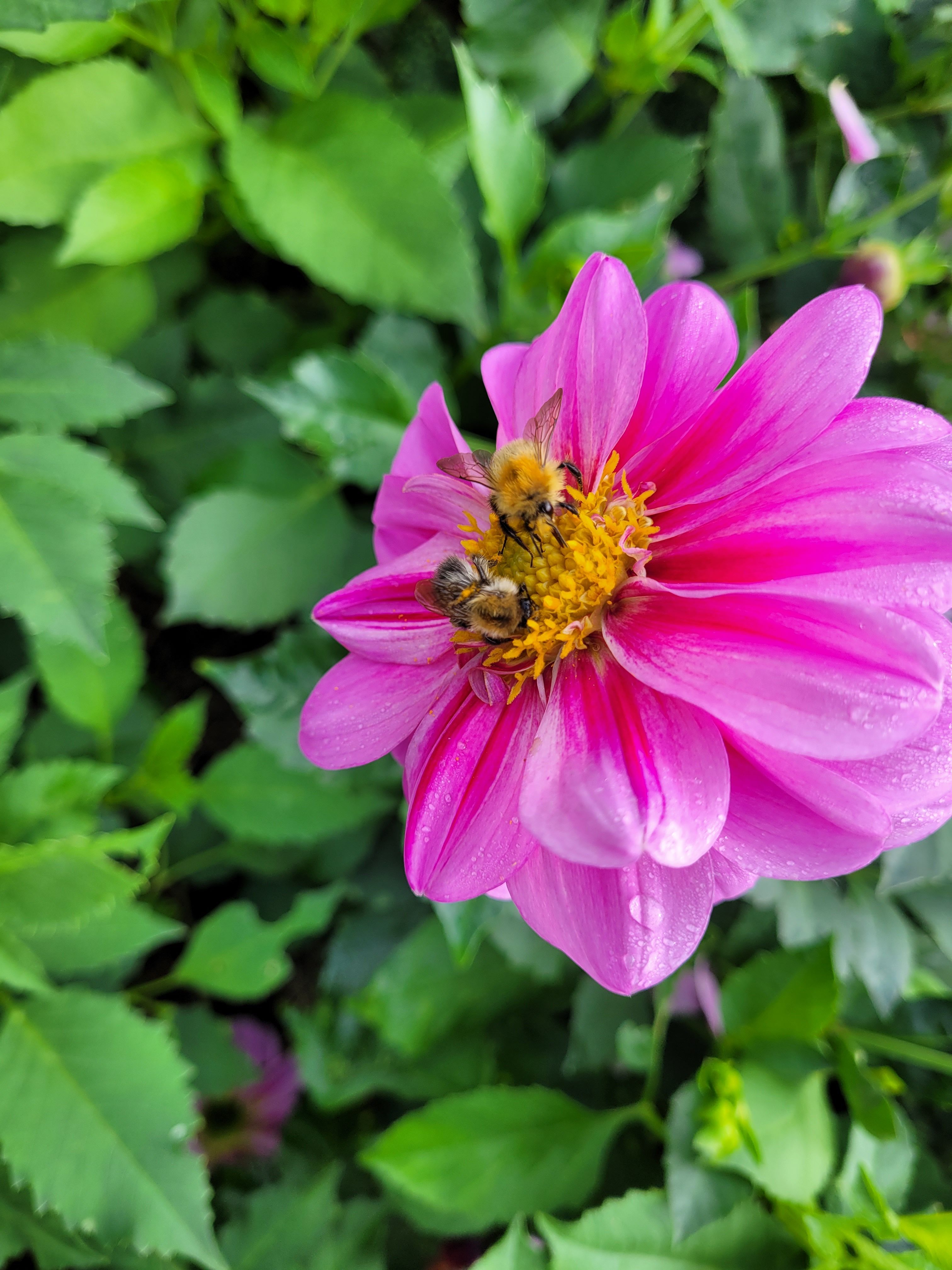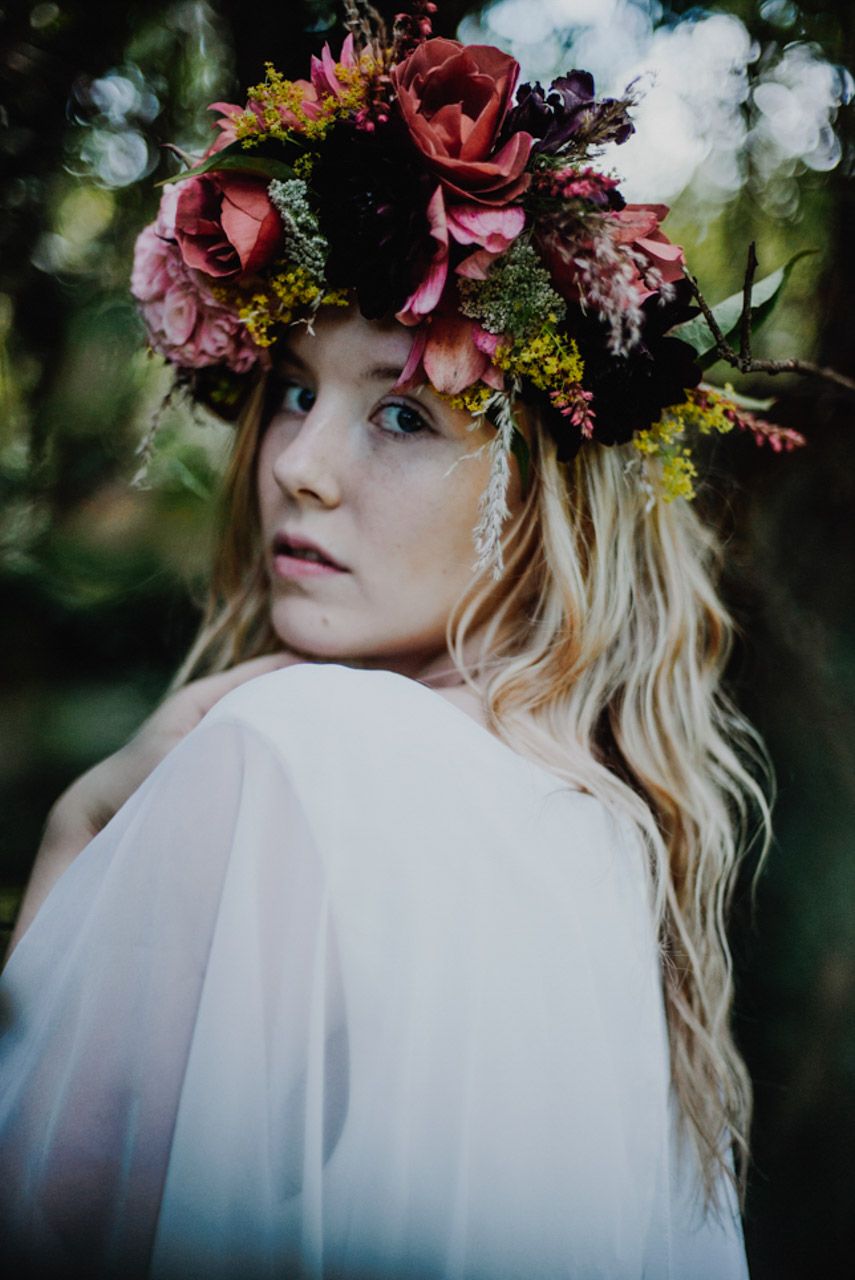As I’m writing this the sun is shining and it’s a glorious spring day. It says it's 8 degrees but it feels like 15 degrees. Hoverflies, Bumblebees and a myriad of other flies are revelling in the sunny calm day. For all of us, it’s a welcome respite from what we’ve been used to!
My tips for this month are all centred around emerging queens from Bumblebees to hoverflies. The need for different habitats, food and shelter.
The next few weeks are critical to successful colonies being raised and abundance of pollinators from mid-April onwards.
While they have been out and about foraging over the winter months this is the natural time for nest building and the first colonies, we can do so much to help make their lives a little easier no matter what size our garden is. If you’re considering making changes or expanding your planting areas there are few things you could consider such as nesting sites, shelter and food sources for pollen and nectar
The next few weeks are critical to successful colonies being raised and abundance of pollinators from mid-April onwards.
Each species has its own needs but if you can incorporate a mix of habitats all the better. These could include raised beds of dry-stone walls with pollinator-friendly plantings like dandelions, primroses, heathers and spring bulbs like Muscari, crocus and species tulips. Doing it this way not only provides shelter but a rich food source also.
Patches of bare ground are necessary for most of our solitary bees, all that is needed is to clear a small patch 10cm by 10cm would be the minimum, but a metre squared would provide homes for many. Position it in a reasonably sunny sheltered area. Allow wild longer grassy patches to suit others that prefer tufted grass to nest in. Most of our wild bees are ground nesters but there are about 10 species that are cavity nesters and will use cavity blocks, decaying wood and thick hollow stems like bramble, bamboo and reed grass.
Wildflowers are the most important sources of food for our pollinators they have co-evolved to support each other., and flower at a time when they are needed most. Bumblebees have a foraging distance of a kilometre, but solitary bees will only travel a few hundred metres. Therefore, urban gardens are becoming increasingly more important
In the greater countryside creating bee corridors can address the current lack of habitat and diminished food sources. I will devote a post on this subject over the coming weeks.
If you have room, mixed hedges will provide rich food sources and shelter including nesting sites. So many of these foods are edible for humans too, including Dandelion, primrose, daisies, gorse, willow crab-apple and hazel.
Bumblebee queens which I’m most familiar with are getting ready to start their colonies but need to have a readily available source of nectar and pollen. Nectar as energy and pollen to plump up her ovaries and feed her brood.
Willow, Hazel and Alder are incredible sources of pollen all of which are edible in varying degrees.
As she begins her nest, she will lay eggs and fashion a honey pot for herself just like birds she will brood them and feed herself from her honey pot. As they progress, she will need to forage for pollen to feed them but can’t be away too long as maintaining temperature is vital. Food sources near the nest are critical. Until she successfully rears the first batch, she must do everything. From mid-April, the first female workers emerge, and she will then remain in the nest rearing her young. The viability and strength of the colony are directly related to the quality and distance of the nest. So, patches dotted around are much better than a large single planting scheme but if that’s al you can manage please do it because every little helps!
Summer containers are another great way of helping our pollinators even if you live in an apartment you can still do your bit. Compact nasturtiums are a great container plant, loved by bees and edible too. Soil grown ones are one of my top superfoods! All parts are edible, seed, leaf, stalk and flower, tastes amazing rich in nutrients and antioxidants. Medicinally they are a great blood cleanser and the leaves will ease a sore throat. The seeds can be pickled as poor man's capers and the leaves and flowers make a fantastic pesto too.
Bacopa and Bidens are popular bedding/hanging basket plants but they are also nectar-rich and would be welcome additions. As late-season flowers, herbs are without a doubt the best candidates. Rosemary early in the season followed by oregano and the mints late in the season. Some of the mints get bitter when the flower but Basil Mint and Grapefruit mint retain their fresh flavour.
Bee Kind
Mags xx



